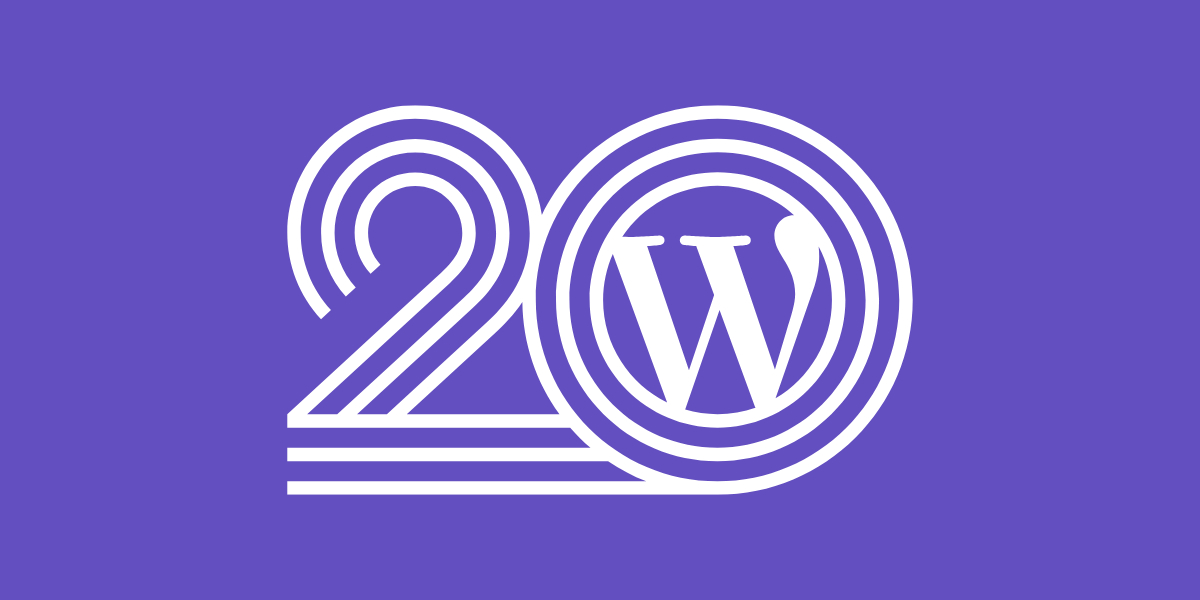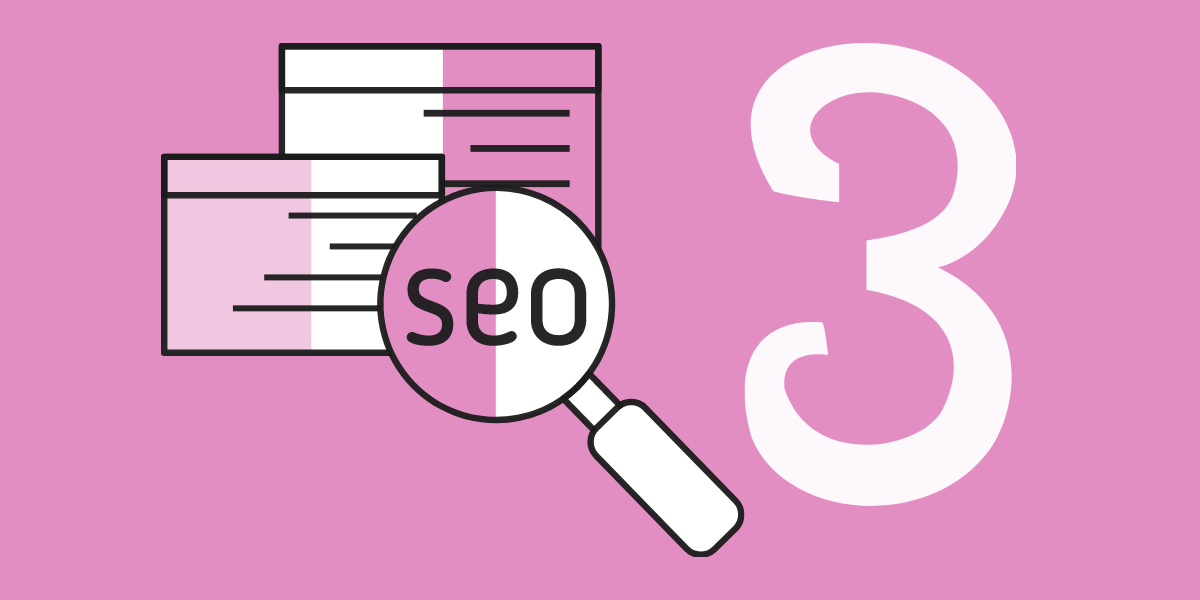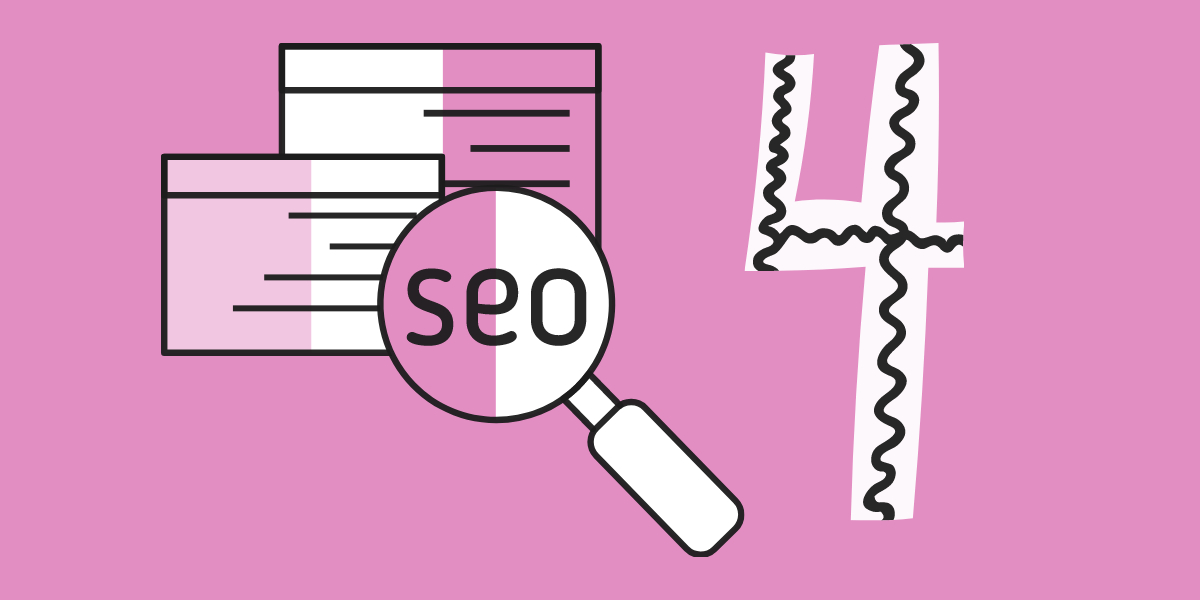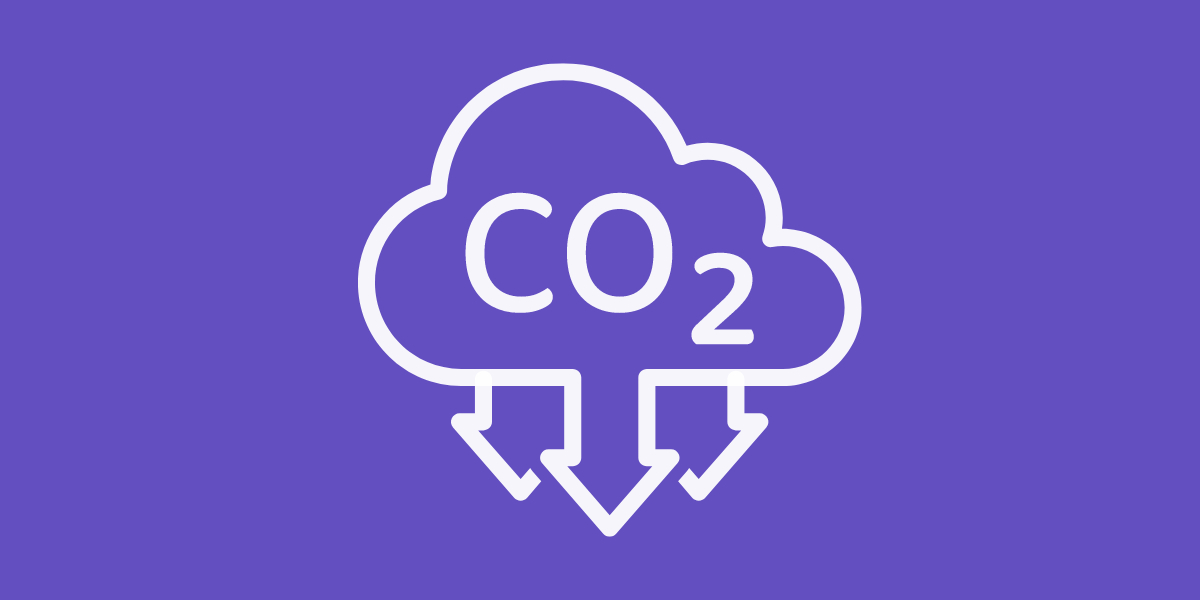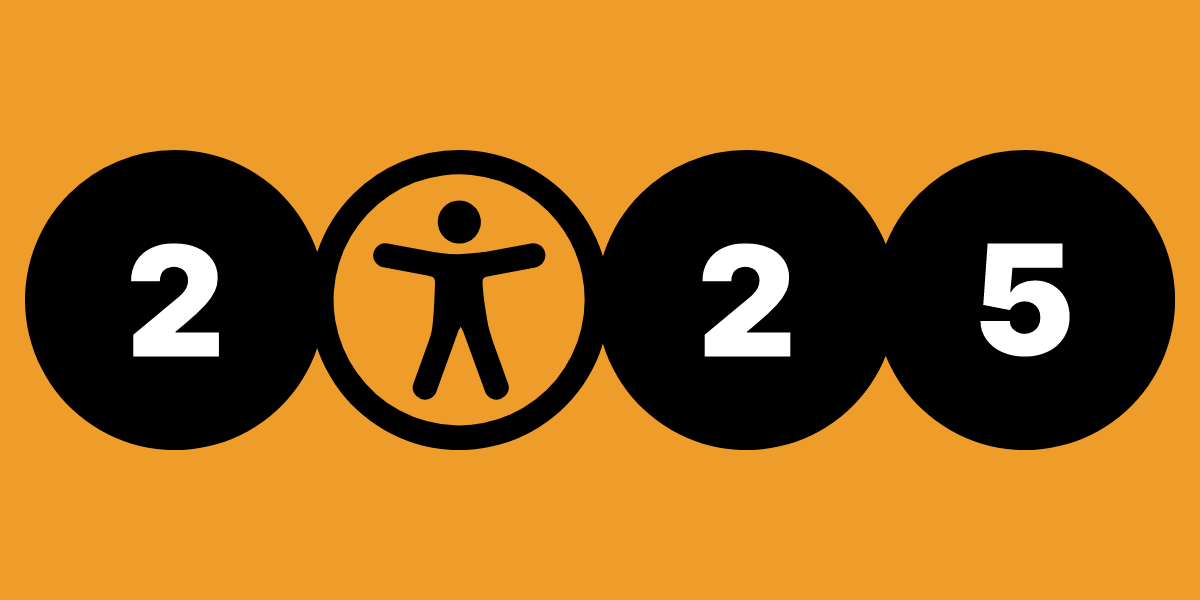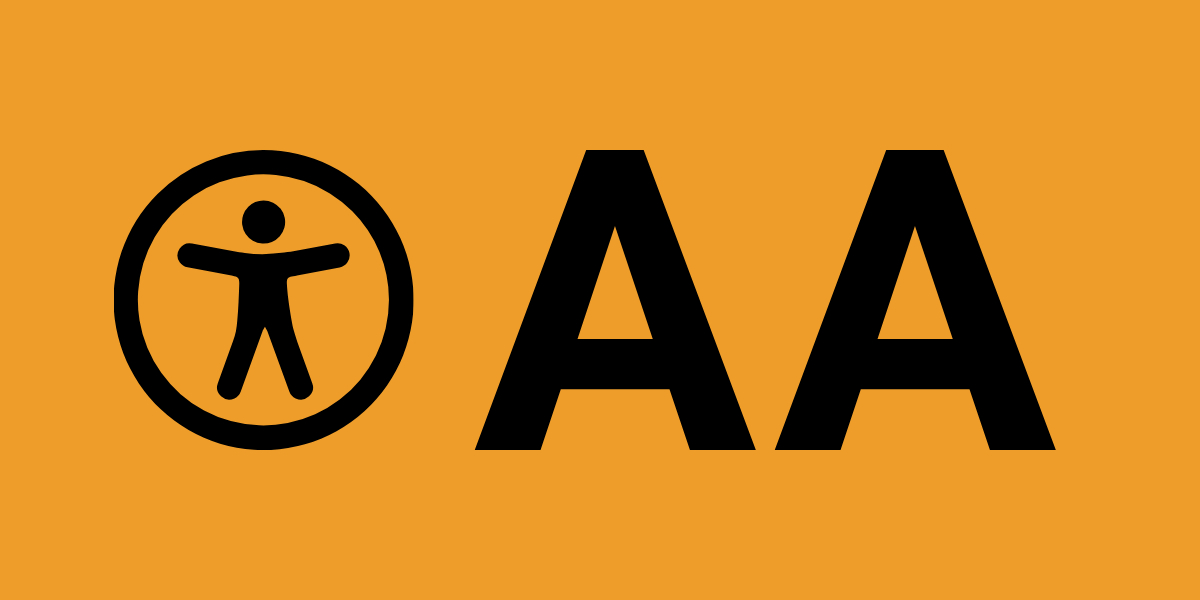SEO für Einsteiger, Teil 7: Messung der SEO-Leistung
Nach der Arbeit, die man in die Ihre Website für SEO zu optimieren und Kunden in der NäheEs ist wichtig, dass Sie Ihre Bemühungen messen und nachverfolgen, um sicherzustellen, dass sie die gewünschten Ergebnisse liefern. SEO ist eine langfristige Strategieund die Verfolgung Ihrer Leistung im Laufe der Zeit hilft Ihnen zu verstehen, was funktioniert, was verbessert werden muss und wo neue Möglichkeiten liegen könnten.
In diesem Kapitel werden wir die wichtigsten Kennzahlen untersuchen, die Sie verfolgen sollten, die Tools, die Sie zur Überwachung Ihrer SEO-Leistung verwenden können, und wie Sie datengestützte Entscheidungen treffen können, um Ihre Strategie kontinuierlich zu verbessern.
Warum die Messung der SEO-Leistung wichtig ist
SEO ist keine einmalige Aufgabe. Die Algorithmen der Suchmaschinen entwickeln sich weiter, die Wettbewerber ändern ihre Strategien, und das Nutzerverhalten ändert sich. Deshalb kontinuierliche Überwachung und Anpassung sind entscheidend für die Aufrechterhaltung und Verbesserung Ihres Rankings.
Die Messung Ihrer SEO-Leistung hilft Ihnen:
- Identifizieren, was funktioniert: Indem Sie nachverfolgen, welche Schlüsselwörter den Verkehr ankurbeln, welche Seiten gut funktionieren und wo Sie Backlinks erhalten, können Sie sich auf die Strategien konzentrieren, die die meisten Ergebnisse bringen.
- Gelegenheiten erkennen: Vielleicht entdecken Sie ungenutzte Schlüsselwörter, Seiten, die optimiert werden müssen, oder Möglichkeiten, mehr Backlinks zu erhalten.
- Vermeiden Sie SEO-Fallen: Die Überwachung stellt sicher, dass Sie bei einem plötzlichen Einbruch Ihrer Rankings oder Ihres Traffics das Problem untersuchen und beheben können, bevor es bleibende Schäden verursacht.
- ROI nachweisen: SEO kann viel Zeit und Ressourcen in Anspruch nehmen. Indem Sie die Ergebnisse verfolgen, können Sie den Return on Investment (ROI) für Ihre SEO-Bemühungen nachweisen, sei es gegenüber Kunden, Interessengruppen oder Ihrem eigenen Team.
Wichtige SEO-Metriken zum Nachverfolgen
Es gibt mehrere Schlüsselkennzahlen, die Ihnen Aufschluss darüber geben, wie gut Ihre SEO-Strategie funktioniert. Schauen wir uns die wichtigsten davon an:
1. Organischer Verkehr
Organischer Verkehr bezieht sich auf Besucher, die Ihre Website über Suchmaschinen finden, ohne bezahlte Werbung. Die Verfolgung des organischen Traffics zeigt Ihnen, wie viele Menschen aufgrund Ihrer SEO-Bemühungen auf Ihre Website kommen.
Zur Messung des organischen Verkehrs:
- Google Analytics verwenden um die Gesamtzahl der Besucher, die von Suchmaschinen kommen, zu sehen.
- Analysieren Sie Trends im Zeitverlauf: Achten Sie auf ein Wachstum des organischen Traffics im Vergleich zum Vormonat oder zum Vorjahr.
- Vergleichen Sie den Verkehr auf verschiedenen Seiten: Sehen Sie, welche Landing Pages den meisten organischen Traffic erzeugen.
Wenn Ihr organischer Traffic stetig wächst, ist das ein gutes Zeichen dafür, dass Ihre SEO-Bemühungen erfolgreich sind.
2. Keyword-Rankings
Überwachung Ihrer Keyword-Rankings ist wichtig, um zu verstehen, wie gut Ihre Website in den Suchergebnissen für Ihre Zielbegriffe abschneidet. Sie möchten, dass Ihre Website mit der Zeit für die Schlüsselwörter, die für Ihr Unternehmen am wichtigsten sind, einen höheren Rang erhält.
Zur Verfolgung von Schlüsselwort-Rankings:
- Verwenden Sie SEO-Tools wie SEMrush, Ahrefs oder Google Search Console um die Leistung Ihrer Schlüsselwörter zu überwachen.
- Verfolgen Sie bestimmte Schlüsselwörter mit hoher Priorität: Achten Sie auf die wertvollsten Schlüsselwörter für Ihr Unternehmen, insbesondere auf diejenigen, die zu Leads, Verkäufen oder Konversionen führen.
- Achten Sie auf Ranking-Schwankungen: Wenn Sie einen plötzlichen Rückgang oder Anstieg des Rankings feststellen, untersuchen Sie, was die Ursache für diese Veränderung sein könnte.
Es ist zwar normal, dass die Rankings leicht schwanken, aber ein beständiger Aufwärtstrend zeigt, dass sich Ihre SEO-Strategie in die richtige Richtung bewegt.
3. Click-Through-Rate (CTR)
Klickrate (CTR) misst, wie oft Menschen auf Ihre Website klicken, nachdem sie sie in den Suchergebnissen gesehen haben. Eine höhere CTR bedeutet, dass Ihr Titel-Tag, Ihre Meta-Beschreibung und Ihr gesamter Sucheintrag überzeugend genug sind, um Klicks anzuziehen.
Um Ihre CTR zu verbessern:
- Verwenden Sie verlockende, stichwortreiche Titel-Tags die den Nutzen des Klickens deutlich machen.
- Schreiben Sie beschreibende Meta-Beschreibungen die Kontext über den Inhalt Ihrer Seite liefern.
- Strukturierte Daten verwenden um Ihre Einträge mit Rich Snippets, wie Bewertungssternen oder Produktinformationen, zu verbessern.
Sie können die CTR in Google Suchkonsoledie Aufschluss darüber gibt, wie oft Ihre Website in den Suchergebnissen erscheint (Impressionen) und wie viele Personen sie anklicken.
4. Absprungrate und Verweildauer
Absprungrate bezieht sich auf den Prozentsatz der Besucher, die Ihre Website nach dem Betrachten nur einer Seite verlassen, während Verweilzeit misst, wie lange die Nutzer auf Ihrer Website bleiben. Beide Messgrößen sind wichtig, um zu verstehen, ob Ihre Inhalte für die Besucher interessant und relevant sind.
Eine hohe Absprungrate könnte bedeuten:
- Ihr Inhalt entspricht nicht der Absicht der Nutzer.
- Ihre Seitenladezeiten sind zu langsam.
- Sie haben ein schlechtes mobiles Erlebnis.
Reduzierung der Absprungraten und Erhöhung der Verweildauer:
- Verbessern Sie die Ladegeschwindigkeit von Seiten durch Komprimierung von Bildern und Optimierung des Codes.
- Erstellen Sie überzeugende, relevante Inhalte die mit der Suchabsicht des Nutzers übereinstimmen.
- Interne Links verwenden um Besucher zu verwandten Seiten auf Ihrer Website zu leiten.
Eine niedrigere Absprungrate und eine höhere Verweildauer signalisieren den Suchmaschinen, dass Ihre Inhalte wertvoll sind, was sich positiv auf Ihr Ranking auswirken kann.
5. Backlinks und verweisende Domains
Backlinks (Links von anderen Websites zu Ihrer) sind einer der stärksten Ranking-Faktoren bei SEO. Nicht alle Backlinks sind gleich - Qualität ist wichtiger als Quantität. Je mehr maßgebliche Websites auf Ihre Inhalte verlinken, desto größer sind Ihre Chancen auf ein höheres Ranking.
Um Backlinks zu verfolgen:
- Verwenden Sie Tools wie Ahrefs oder SEMrush um neue Backlinks und verweisende Domains (die Anzahl der eindeutigen Websites, die auf Ihre Website verlinken) zu überwachen.
- Analysieren Sie die Qualität der Backlinks: Konzentrieren Sie sich darauf, Links von seriösen Websites mit hoher Autorität in Ihrer Branche zu erhalten.
- Identifizieren Sie Möglichkeiten für den Aufbau von Backlinks: Wenn Sie sehen, dass Konkurrenten Links von bestimmten Websites erhalten, sollten Sie ähnliche Möglichkeiten ins Auge fassen.
Starke Backlink-Profile tragen dazu bei, Ihre Domain-Autorität zu erhöhen, was wiederum Ihre allgemeine SEO-Leistung verbessert.
6. Geschwindigkeit des Seitenladens
Geschwindigkeit der Seite ist ein entscheidender Ranking-Faktor sowohl für die Desktop- als auch für die mobile Suche. Eine schnell ladende Website bietet ein besseres Nutzererlebnis, verringert die Absprungrate und wird von Suchmaschinen bevorzugt.
Zur Messung der Seitengeschwindigkeit:
- Google PageSpeed Insights verwenden um die Ladezeiten Ihrer Website zu analysieren und Empfehlungen für Verbesserungen zu erhalten.
- Überprüfen Sie die Geschwindigkeiten von Desktop- und Mobilgerätenda die Leistung von Gerät zu Gerät variieren kann.
- Optimieren Sie Bilder, aktivieren Sie das Browser-Caching und minimieren Sie den Code um sicherzustellen, dass Ihre Website so schnell wie möglich geladen wird.
Schnellere Websites verbessern nicht nur die Platzierung, sondern auch die Nutzerzufriedenheit und die Konversionsraten.
7. Umrechnungskurs
Ein höheres Ranking und mehr Traffic sind zwar großartig, aber das ultimative Ziel von SEO ist oft die Steigerung der Konversionsrate - sei es durch Verkäufe, Lead-Generierung oder Anmeldungen. Umrechnungskurs erfasst den Prozentsatz der Besucher, die eine gewünschte Aktion auf Ihrer Website ausführen.
Zur Messung der Konversionsraten:
- Ziele in Google Analytics einrichten um bestimmte Konversionen zu verfolgen, wie z. B. die Eingabe von Formularen, Produktkäufe oder E-Mail-Anmeldungen.
- Analysieren Sie, welche Schlüsselwörter und Zielseiten die meisten Konversionen erzielen.
- Testen Sie verschiedene Aufrufe zum Handeln (CTAs), Seitenlayouts und Inhaltsformate, um die Konversionen zu optimieren.
Die Verbesserung Ihrer Konversionsrate bedeutet, dass Sie mehr Besucher in Kunden oder Interessenten umwandeln, so dass sich Ihre SEO-Bemühungen wirklich auszahlen.
Tools zur Verfolgung der SEO-Leistung
Um Ihre SEO-Leistung effektiv zu verfolgen, benötigen Sie die richtigen Tools. Hier sind einige beliebte Tools, mit denen Sie Ihre Fortschritte überwachen können:
- Google Analytics: Bietet detaillierte Einblicke in den Traffic, das Nutzerverhalten und die Konversionen Ihrer Website.
- Google Suchkonsole: Hilft Ihnen, die Leistung Ihrer Website in den Google-Suchergebnissen zu überwachen, einschließlich Keywords, CTR und Crawl-Fehler.
- Ahrefs: Ein umfassendes SEO-Tool zur Verfolgung von Backlinks, Keyword-Rankings und Wettbewerbern.
- SEMrush: Ein weiteres leistungsstarkes Tool zur Überwachung von Keyword-Rankings, organischem Traffic und technischen SEO-Problemen.
- Der schreiende Frosch: Ein Website-Crawler, der Ihnen hilft, technische SEO-Probleme zu identifizieren, wie z. B. fehlerhafte Links, doppelte Inhalte und fehlende Meta-Tags.
Mithilfe dieser Tools können Sie sich einen vollständigen Überblick über Ihre SEO-Leistung verschaffen und datengestützte Entscheidungen zur Verbesserung Ihrer Strategie treffen.
Schlussfolgerung
Die Messung und Verfolgung Ihrer SEO-Bemühungen ist unerlässlich, um sicherzustellen, dass Ihre Strategie funktioniert und kontinuierlich verbessert wird. Durch die Überwachung wichtiger Kennzahlen wie organischer Traffic, Keyword-Rankings und Conversions können Sie feststellen, was zum Erfolg beiträgt und wo Anpassungen erforderlich sind.
Im letzten Kapitel werden wir folgende Themen behandeln laufende SEO-Strategien um Ihre Website wettbewerbsfähig zu halten und langfristig ein gutes Ranking zu erzielen. SEO ist eine Reise, kein Ziel - und um der Konkurrenz voraus zu sein, sind kontinuierliche Anstrengungen und Anpassungen erforderlich.

